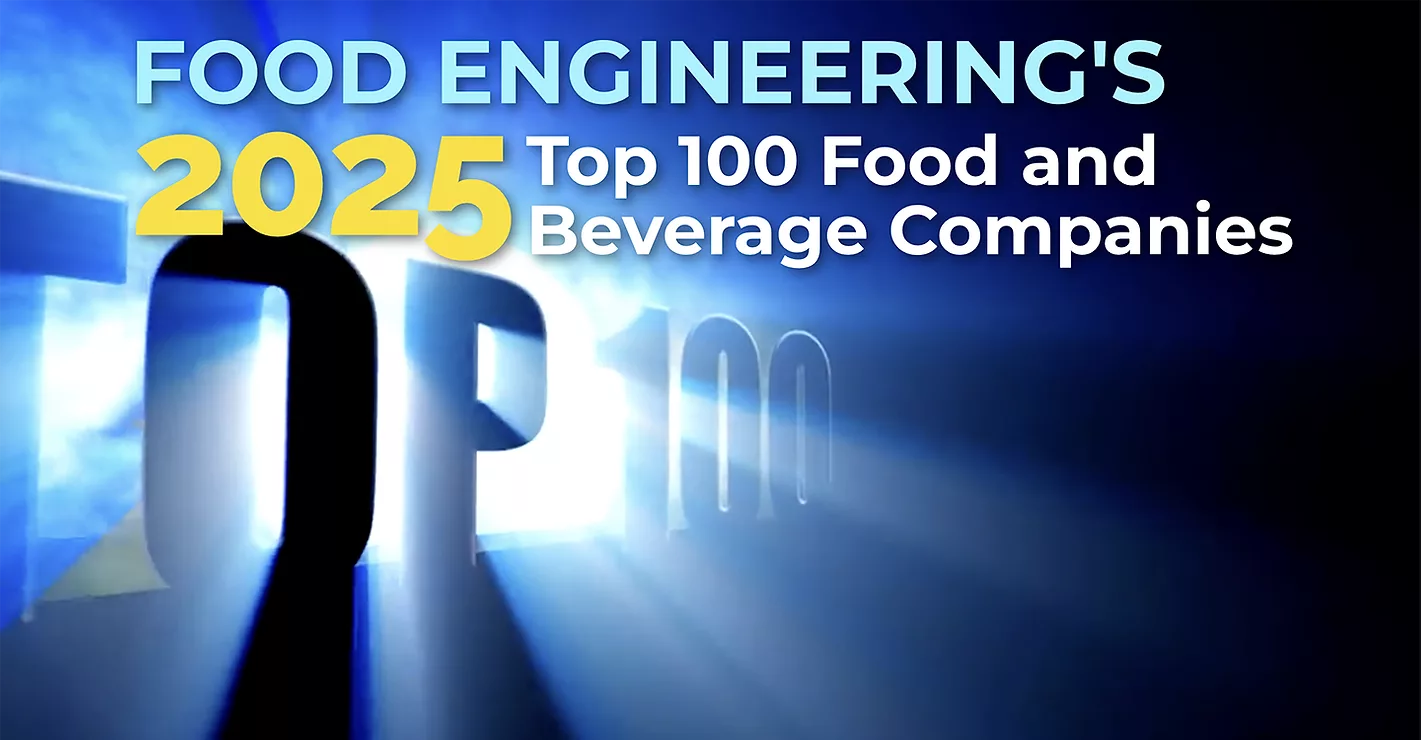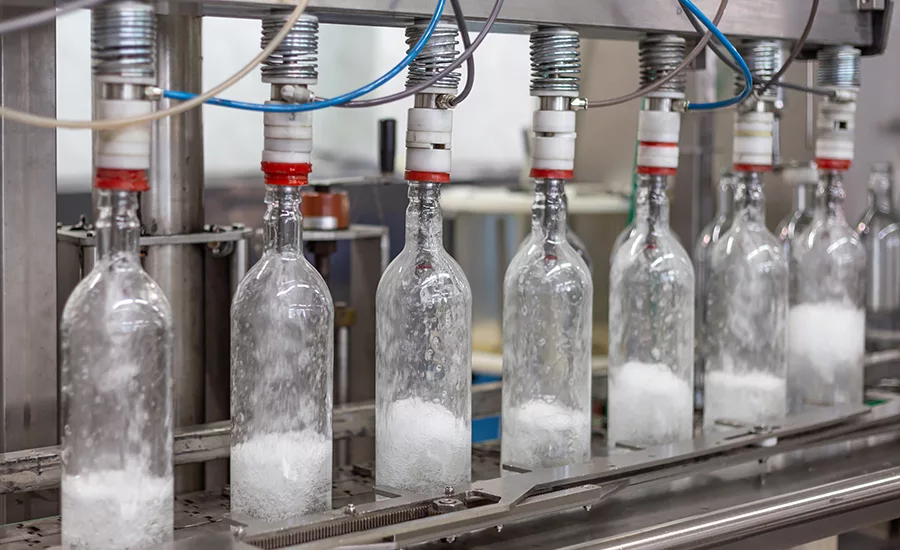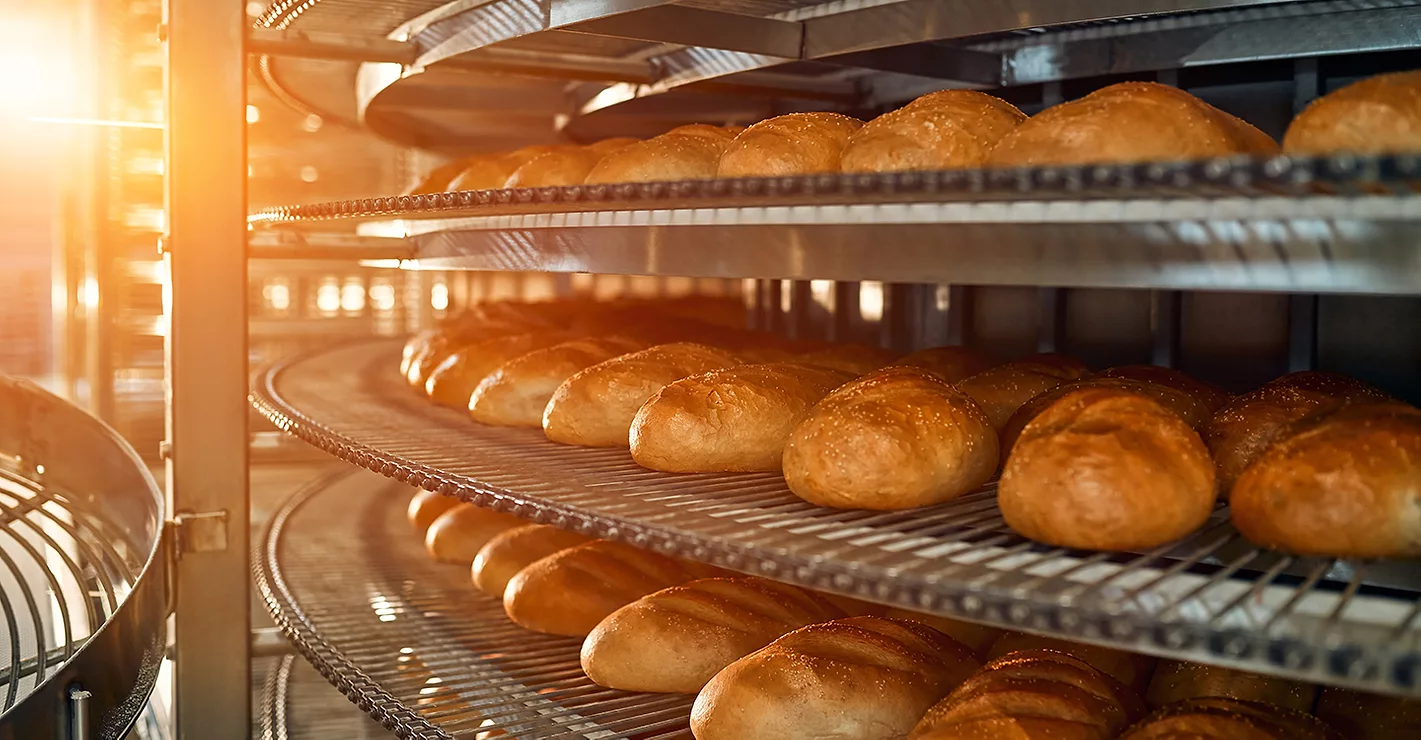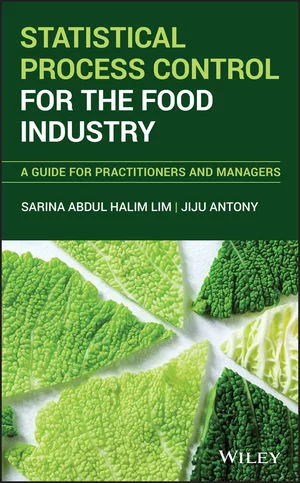Fabulous Food Plants: Cooperative efforts
Producer organizations like Meadowbrook Farms are taking the lead in building modern processing facilities by reshaping the cooperative approach.

Farmer cooperatives were part of the food business long before processed foods had brand names, but by the late 20th century, their members tended to be marginalized commodity suppliers. A value-added business model was needed if small co-ops and their members were to survive. Belleville, IL-based Meadowbrook Farms management believes it has crafted one of these models.
Livestock producers who aren't captive suppliers to major processors are locked into market price selling that alternates between feast and famine, and famine was forcing many producers in Illinois and surrounding states to find another line of work. When the price paid by packinghouses bottomed out at eight cents a pound in 1998, two cooperatives in the Land of Lincoln began exploring their vertical-integration options. Happenstance brought them in touch with a St. Louis-area agribusiness management firm. The three groups ultimately merged to form Meadowbrook Farms, an organization with a more corporate approach than is typically found in the co-op arena. To sidestep the 90 percent failure rate that plagues co-ops, management maintains a professional distance from members, limiting contact points and avoiding the member/owner dynamic that dooms many co-ops. More significantly, producers are paid on the basis of the retail value of their pork, not the going price for bellies. Members are encouraged to breed hogs for overlooked specialty segments that are underserved by major pork processors.
Bolstered by $13 million from 200 member farms, Meadowbrook Farms invested $33 million in 2003 to build a greenfield plant in Rantoul, a central Illinois community with surplus industrial infrastructure from its days as host to a shuttered air force base. The plant came on line in January 2004 and moved into the black in the third quarter. This year, the facility will process more than 150 million pounds of pork, according to Vice President Jim Altemus. Daily production is flirting with 3,400 head a day, 20 percent above the rated capacity when the 120,000 sq.-ft.-facility opened.

While all livestock processors are committed to improving tracking and tracing, Meadowbrook's value-based payment structure requires a superior identity preservation system. Data on live and cut weight, fat-to-lean ratio and yield are tracked and collated for each animal from receiving to primal-cut lines. The information determines producer payments and is fed back to farmers to help them improve breeding and growing practices. USDA provided a $500,000 development grant three years ago to help Meadowbrook implement its tracking system.
"If any cut [entering the fabrication room] is out of sequence, the whole line shuts down until we identify and correct the problem," says Altemus. Because of validation safeguards, "I can introduce you to the farmer who actually produced the hog for a given cut of meat," he boasts.
The information technology that drives Meadowbrook's plant is from CSB International. Melvin Weck, Meadowbrook's executive vice president and director of IT, discovered CSB while walking the aisles at the 2001 Worldwide Food Expo in Chicago. CSB was founded by a butcher-turned-computer-geek, a pedigree that distinguishes CSB from industrial programs "jerry-rigged for the meat industry," explains Weck. Integration of the outputs from scales and other quality-data devices to the system was done in-house.
The information system's European pedigree complements much of the facility's equipment. Hygiene and ergonomics were key design criteria, along with robotics and other labor-saving automation, according to Ed Wright, senior process planner with The Facility Group. Wright specified the plant's equipment. The Facility Group's involvement began with site selection.

Meadowbrook is the second North American pork processor to incorporate a condensation scalder, an alternative to scald tubs positioned before hair-removal stations on an evisceration line. Carcasses move single-file in a vertical position through a tunnel where steam at about 150

Grandin Livestock Handling Systems collaborated on the design of the livestock unloading and holding areas, where reduced stress on the animals is a priority. Hogs enter three abreast, instead of being forced into single-file chutes. Hydraulic load cells guaranteed to withstand heavy-duty washdown capture live weight information for up to 100 hogs at a time. Although downer rates trail industry norms, Altemus says co-op members are pressing for more academic studies of the contributing causes of stress.
Besides pushing the technology envelope, Meadowbrook's biggest contributions to the pork business are the changes in the producer-processor dynamic and the encouragement of niche marketing that can lift producers out of commodity selling and into more profitable specialty products. The supplier mix guarantees diversity-Amish farmers with 25 hogs in a gooseneck trailer unload next to semi-trailers with 200 head. Meadowbrook management also encourages producers to exploit markets commanding premium retail prices, such as organic and antibiotic-free. And if they raise desirable but slow-growing stock such as Berkshire hogs, they can expect a premium price.
"In a normal operation, the economics to supply a special cut for a customer would not pay," Altemus points out. At Meadowbrook, it can and does, and the plant's ability to process specialty items and meet tight order specifications were fundamental engineering considerations. Assuming Meadowbrook's sales division connects with enough premium and specialty buyers, Rantoul will be the linchpin between those buyers and fairly compensated producers.
For more information:
Tony Pitrone, The Facility Group,
770-437-2616
Yvon Dufour, GE Leblanc Inc.,
418-885-4493
Jeb Supple, SFK Technology Inc.,
563-582-4230,
js@sfktech.com
Jan Bos, Stork MPS,
913-310-00550
See more Fabulous Food Plants
Looking for a reprint of this article?
From high-res PDFs to custom plaques, order your copy today!



